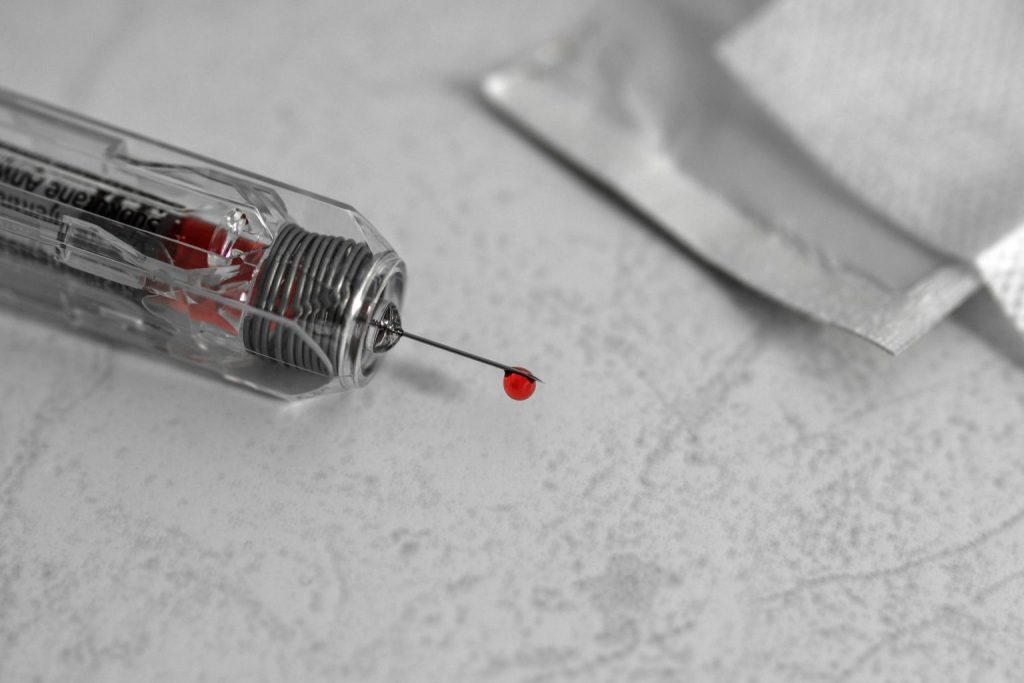A big controversy in the addiction community is whether or not harm reduction is enabling.
Before we can answer this question, we must ask, “What is harm reduction?” Harm reduction is a model that offers addicts clean needles, maintenance drugs such as methadone and suboxone, and Narcan a opiate antidote. The upside is that harm reduction saves lives and reduces the transmission of diseases transmitted through dirty needles.
Drug users who use needles have a high chance of contracting Hep. C and HIV because money is used for drugs rather than new needles. The contraction of these diseases does not just affect active users, it effects everyone in the community.
Supplying Narcan (an opiate antidote) to an active addict can help save a life. Other people believe supplying Narcan and clean needles is encouraging the addict to continue using rather than learn how to abstain.
So the big question is “Are the things listed above enabling? We define “enabling,” as providing addicts with the means to get high. Lets ask ourselves is an active user going to get high with a clean or dirty needle? If the answer is yes, than we are not providing then with the means to get high. If a user will only get high with clean needles and your the source of those needles you may be enabling. The same can be applied to Narcan is the user only going to get high if he has Narcan on him? Considering a 2ml syringe cost $50.00, I highly doubt it.
Maintenance drugs such as suboxone (an opiate) are frequently used for short term detox, and sometimes to help addicts stay off of heroin. The problem arises when suboxone is prescribed to someone who has never been exposed to opiates and becomes addicted.
Maintenance drugs can saves lives, but should the person on them be considered sober?
Many addicts have gotten off of the streets and have enrolled in clinics that provide the drugs and the needles that they would otherwise find illegally. Many of these people have tried to get sober and repeatedly failed, others are not ready. Do we make the judgement that if they are not willing to get sober we should leave them to the mercy of their addictions? Do we ignore the fact that dirty needles spread diseases that not only infect the users but also the innocent people that they sleep with? And then there’s the expense.
The final question relates to long term maintenance drugs. If the maintenance drugs are used on a daily basis, as prescribed they may not be using the opiates to get high. Some individuals have a brain-chemistry imbalance and need temporary help until they can wean off of these more powerful maintenance drugs.
However, true sobriety is abstinence from all mood-altering substances.
Perhaps a compromise can be offered here. Rather than simply administering needles and narcotics simply for “harm reduction.” we can consider an alternative. Community programs like Rebel Recovery, supplies the user, but only with the condition that the addict and family are given support and education until the addict is ready to recover. Nothing is ever black or white and we welcome different perspectives.
Author
Hanna Marks
hello@wherehab.com



0 Comments
Join the conversation